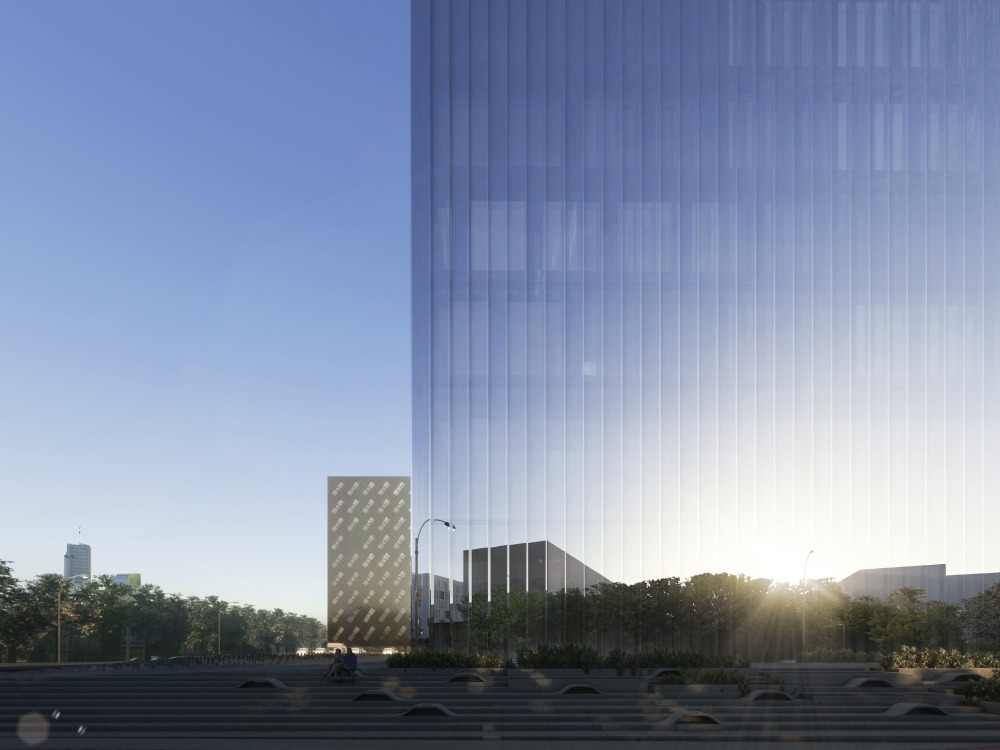Zero Net Energy (ZNE) buildings represent a groundbreaking approach in sustainable architecture, aiming to achieve energy independence by generating as much energy as they consume annually. This innovative concept integrates architectural design, renewable energy sources, and energy-efficient technologies to minimize environmental impact and reduce reliance on traditional energy sources.
Understanding Zero Net Energy (ZNE)
Zero Net Energy buildings are designed with the goal of ensuring that the total energy they consume over a year is equivalent to the renewable energy they produce either on-site or procure from off-site renewable sources. This approach not only reduces greenhouse gas emissions but also enhances the resilience of buildings against fluctuating energy costs and grid instability.
Design Strategies for Zero Net Energy Buildings
Architects and designers adopt integrated design strategies to achieve ZNE status:
Passive Solar Design: Architects optimize building orientation, window placement, and shading to maximize natural daylighting and reduce heating and cooling demands. This approach leverages the sun’s energy for lighting and passive heating, minimizing the need for artificial lighting and HVAC systems.
High-Performance Building Envelope: ZNE buildings utilize advanced insulation materials, high-efficiency windows, and airtight construction techniques to minimize heat loss or gain through the building envelope. This reduces the energy required to maintain comfortable indoor temperatures throughout the year.
Energy-Efficient HVAC Systems: These systems are crucial for ZNE buildings, employing technologies such as heat pumps, energy recovery ventilation (ERV), and advanced control systems. They optimize indoor climate conditions while minimizing energy consumption, ensuring efficient operation throughout different seasons.
Renewable Energy Integration: On-site renewable energy systems like solar photovoltaics (PV) or wind turbines are installed to generate electricity directly within the building’s footprint. Additionally, ZNE buildings may procure renewable energy from off-site sources through power purchase agreements (PPAs) or community renewable projects.
Benefits of Zero Net Energy Buildings
Zero Net Energy buildings offer significant benefits:
Environmental Sustainability: By reducing reliance on fossil fuels and minimizing energy consumption, ZNE buildings contribute to lower carbon footprints and support broader environmental sustainability goals.
Cost Savings and Energy Security: Over time, ZNE buildings can lower operating costs compared to conventional buildings by reducing energy bills and insulating occupants from energy price volatility.
Enhanced Comfort and Indoor Environments: ZNE buildings prioritize occupant comfort with superior indoor air quality, optimal thermal comfort, and abundant natural daylighting. This contributes to improved health, well-being, and productivity of building occupants.
Challenges and Future Outlook
Despite their advantages, ZNE buildings face challenges such as initial cost barriers, technological complexities, and regulatory considerations. However, ongoing advancements in renewable energy technologies, building materials, and design practices continue to drive the adoption and feasibility of ZNE buildings worldwide.
In conclusion, Zero Net Energy buildings represent a significant evolution in architectural design and sustainability, offering a pathway towards energy independence, environmental stewardship, and enhanced occupant well-being.
Finally, for more on INJ Architects:
